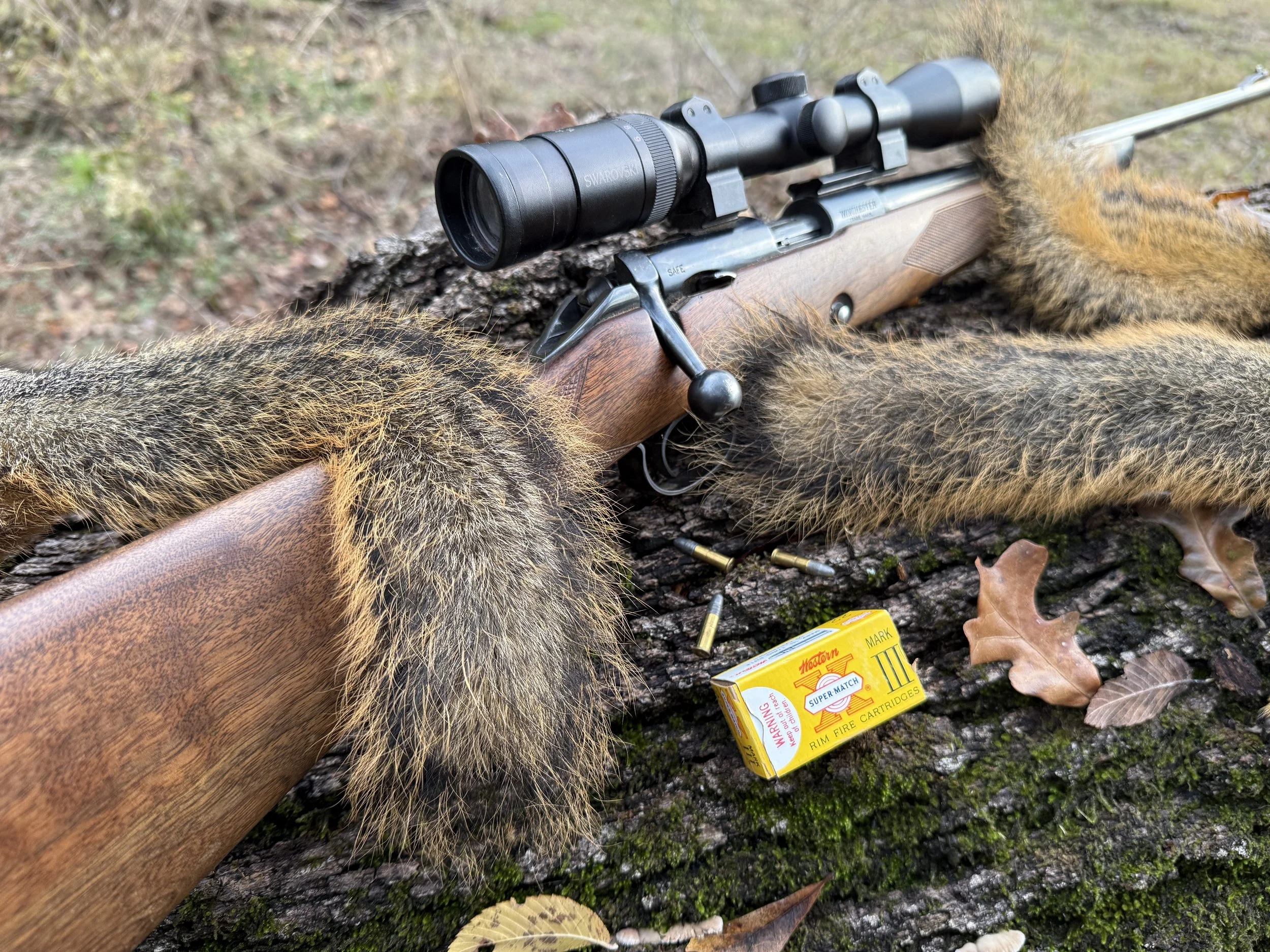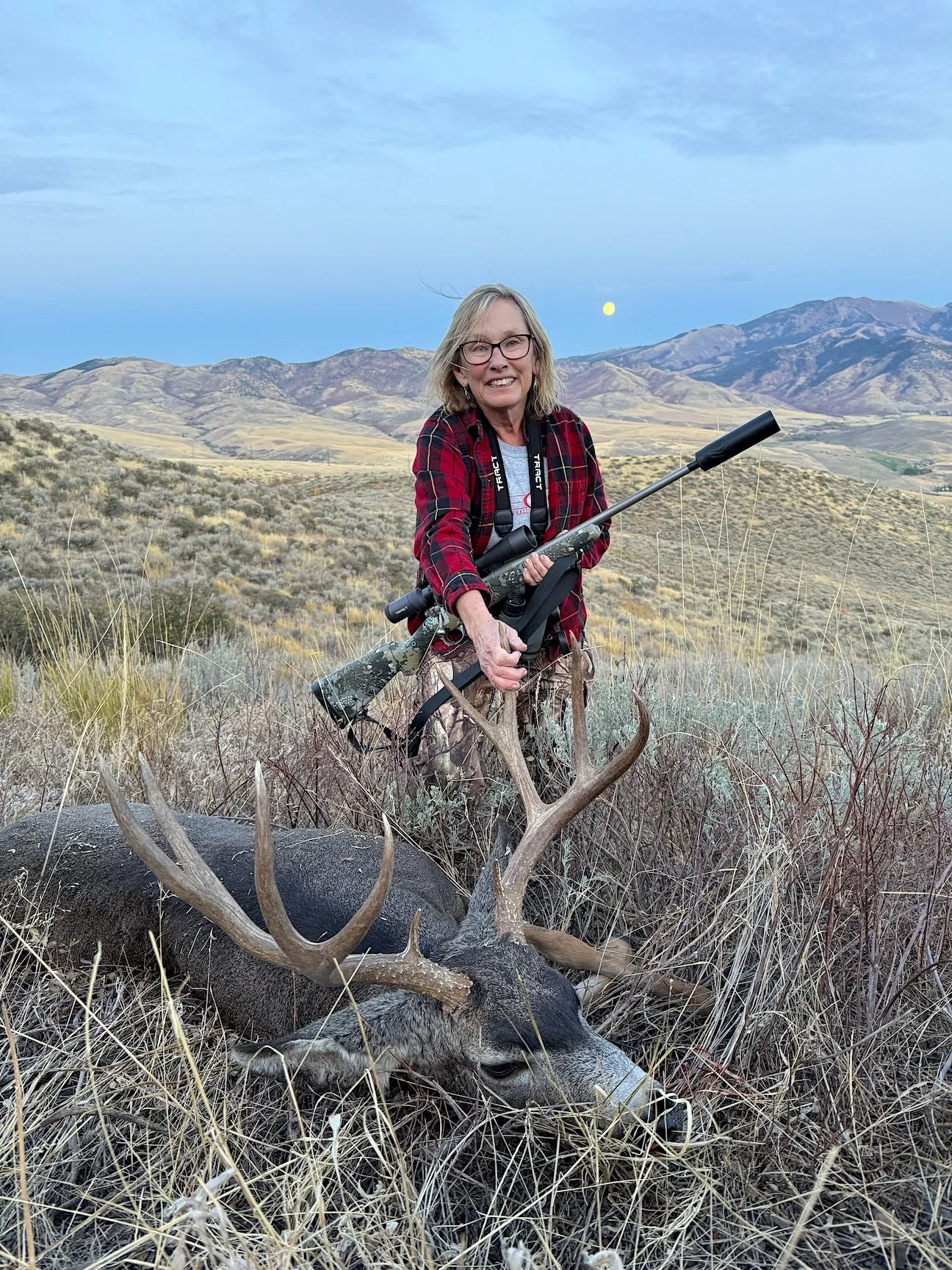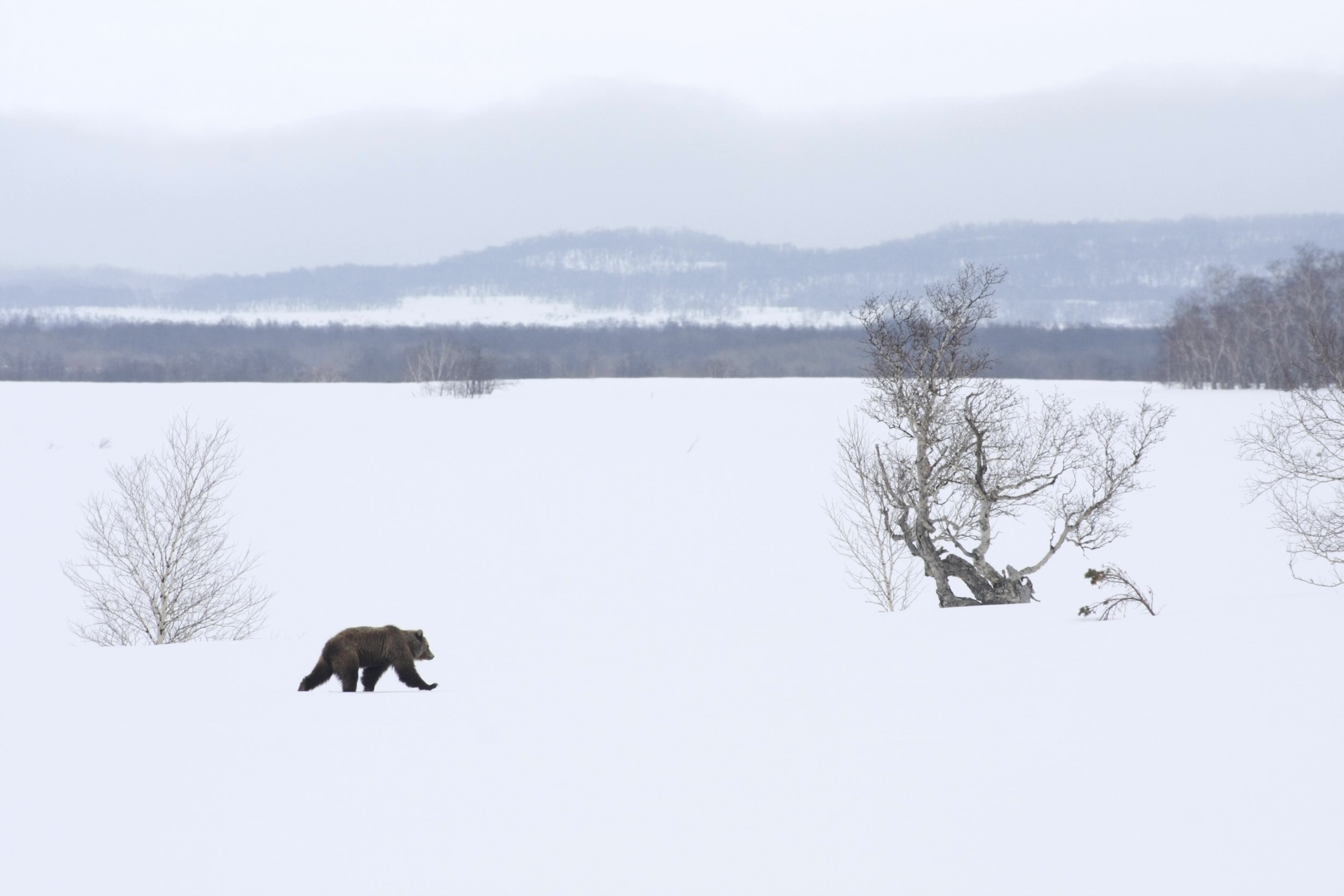Deer Hunter Timing is Everything
Don't expect to see a buck like this in daylight hours unless someone flushes him.
Time is a funny thing, as Einstein illuminated with his time-space continuum theories, but deer hunters wishing to make the most of their time need to understand how time influences whitetail behavior.
Veteran students of both deer and human nature have probably already figured out the importance of deer hunter timing, but for those of us who haven’t, a report from QDMA, the Quality Deer Management Association, spotlights the importance of timing your hunts. According to QDMA, the day you take to the field could increase your whitetail sightings as much as 27 percent.
QDMA got this number from an Auburn University research study that used GPS tracking of 38 whitetail bucks and does to determine when they were active during the hunting season. The study was spread across four areas in Alabama, two of them Wildlife Management Areas open to public hunting and, we assume, heavy hunting pressure.
There's an unsubstantiated rumor that the woods get crowded during hunting season.
What the tracking revealed was what us sneaky old veterans have already figured out: Increased hunting pressure leads to decreased deer movement during daylight hours. The collared deer moved the same amount during night hours throughout the study, but moved 27 percent less during daylight hours on the weekends when, we assume, hunting pressure was greatest. The lowest daylight deer activity day of each week was — Monday! But of course. After two days of increased human activity in their territories, whitetails learned to lay low. They gradually increased their diurnal activity levels each succeeding day until peaking on Thursdays and Fridays — just before the two legged party crashers piled in again Saturday morning.
This brings to mind an old South Dakota study of a radio collared mule deer that managed to hide so well during the hunting season that numerous hunters failed to spot it even though several hunted within a few yards of its brush pocket hiding spot. This was out on the open prairies of western South Dakota. Even the biologists, who had the advantage of the radio receiver picking up the buck’s signal, had to nearly step on the animal before it bolted. If mule deer can hide this well, imagine what a whitetail can accomplish.
A buck often hides until nearly stepped on. Stay on stand and a bumped buck might run past you, even at noon.
And make no mistake, the deer are hiding, not fleeing to new territories. Many studies have proven this. While old bucks will slip away to the least disturbed parts of their habitual ranges, they don’t just run away from hunting pressure or abandon their home grounds. They lay low and avoid the most heavily disturbed areas. Of course, if there is an inviolate sanctuary within their normal home ranges, they’ll use it. So continue to shake your fist at the owner of the 10 acre thicket who won’t let anyone in. He’s probably harboring the greatest density of whitetails inyour township, and no kind of deer hunter timing will offset that.
Perceptive and cautious stand hunters minimize disturbance getting in and out of their stands. The less deer hear, see or smell you, the less they are disturbed and the more they move during shooting light. Keeping a low profile is just plain smart.
All of this suggests the wise hunter will head out Thursday and Friday, leaving weekends to the great unwashed masses. Unfortunately, the unwashed masses are most of us! So what do we do? Stick to it, for one thing. If deer are moving 27 percent less on weekends, we just have to put in more time. Don’t head in for lunch or a mid-day nap. (Hard!) Minimize disturbance. Seek the most remote, undisturbed areas to hunt. Get ahead of the crowds by getting on stand extra early. They might bump deer past you at first light. And take advantage of opening morning. In my experience, opening morning is a guaranteed circus with the sudden influx of hunters inspiring deer to disrupt their normal routines. You might find bucks moving at any and all hours as they get bumped and bumped again until finding locations where they can finally rest in peace, no pun intended. Stay alert and in the woods on opening day and you could have a buck run right into your lap. And that’s the best deer hunter timing of all.
A crowd like this would inspires anyone to hide!
# # #















